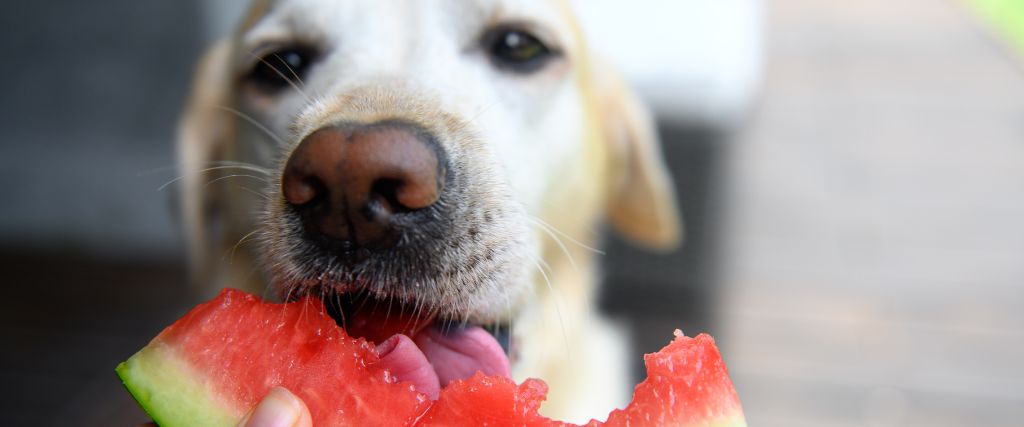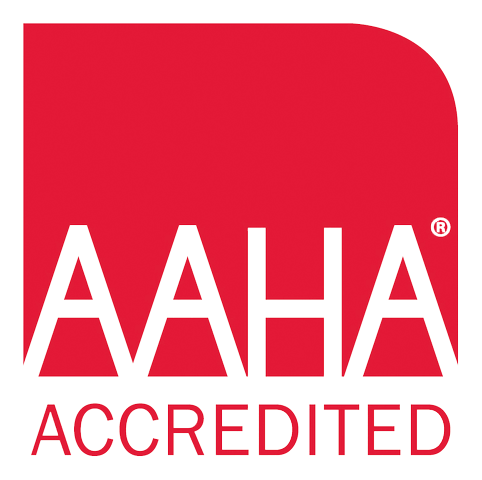Did you know that over half of all dogs in the U.S. are considered overweight or obese? Obesity isn't just a human epidemic; it affects our four-legged friends too. According to the Association for Pet Obesity Prevention, approximately 56% of dogs in the United States were classified as overweight or obese in 2018.
Yep, our pooches are packing on the pounds, and it's affecting their health. Excess weight can lead to a slew of health issues for your canine companion, including diabetes, joint problems, and even a shortened lifespan.
If your dog has packed on a few extra pounds, it's crucial to take action.
Here are the top 10 tips to help your dog lose weight and maintain a healthy lifestyle.
1. Consult a Veterinarian First
Before embarking on any weight loss journey, consult your veterinarian for a thorough evaluation of your pet’s health. They can rule out underlying health issues that may be contributing to the weight gain and help set a safe weight loss goal.

2. Portion Control: No More Guesswork!
You'd be surprised at how often we "eyeball" our dog's food and get it wrong. This can lead to unintentional overfeeding. "Free feeding," or leaving food out all day for your dog to eat as they please, can contribute to weight gain as well for some pups. So grab a measuring cup and give your dog the amount recommended by the veterinarian or the feeding guidelines on the dog food package.
3. Dieting for Dogs? Nutritional Analysis
Switching to a high-protein, low-fat diet can support weight loss. Many pet food manufacturers produce 'weight control' or 'low-fat' options that still deliver the essential nutrients your dog needs. Always read the ingredients and consult your vet for recommendations tailored to your dog’s specific needs! *Remember, quality matters! Look for whole, natural ingredients.
4. Scheduled Feeding Times
Dogs thrive on routine. Having a set feeding time not only helps you remember their meals but also sets a pattern for your pup's digestive system, making weight management easier. Stick to a regular feeding schedule, usually once or twice a day, to help regulate your dog’s metabolism and digestive system.
5. Exercise is Crucial
Your dog’s ancestors were natural hunters and gatherers—movement is in their DNA! A brisk daily walk can do wonders for weight loss. For those who enjoy play, a game of fetch or even an obstacle course in your backyard can be both fun and beneficial. The general guideline is that dogs should get between 30 minutes to two hours of exercise each day. This can vary based on breed, age, health, and individual needs. Keep in mind, just like us humans, we want our pooches to work up to longer activity times and build their endurance!
6. Limit Treats and Table Scraps
While it's tempting to indulge those puppy-dog eyes, treats and table scraps are often high in calories and low in nutrients. Instead, opt for healthier options like dehydrated sweet potatoes, apple slices, or blueberries instead of processed treats. As always, no grapes or raisins allowed for dogs! *Remember, treats should not make up more than 10% of your dog’s daily caloric intake.

7. Quality Time Over Food Rewards
Many of us equate food with love. We get it; you love spoiling your perfect pup! But affection doesn't have to come in an edible form. A good belly rub, fun games to play, or quality time spent together can be as rewarding as any treat. Grooming, cuddling, and extended playtime can replace calorie-laden rewards.
8. Track Progress
A weekly weigh-in can help keep your dog's weight loss on track. Use your vet’s scale or your own (just subtract your weight from the combined weight of you and your dog). Keep a record of your dog’s weight, food intake, and exercise. This will help you and your vet evaluate what’s working and what adjustments need to be made to your dog’s weight loss plan.
9. Involve the Whole Family
Teamwork makes the dream work! Make sure everyone in the household knows the game plan. This prevents double feeding or unauthorized treats that can sabotage your efforts. Everyone in the household should be on board with your dog's weight loss plan. If your dog regularly picks up dropped food items from the floor while your kids are eating, plan to block access to eating areas during mealtime to prevent unwanted calories.
10. Regular Check-ups
Weight loss is a journey, and regular physical exams are your roadmap. Frequent check-ups help adjust your dog's diet and exercise routine as needed and catch any potential problems early. Periodic vet visits are essential for monitoring weight loss, adjusting food portions, and ensuring your dog is losing weight at a healthy rate.
Wrapping It Up
Remember, weight loss is a gradual process and it's important to stay committed to your dog’s health. Your dedication will lead to a happier, healthier, and more active life for your furry friend (and maybe you too!). So here's to a leaner, meaner, but still incredibly cuddly, canine companion! After all, a fit dog is a happy dog!


